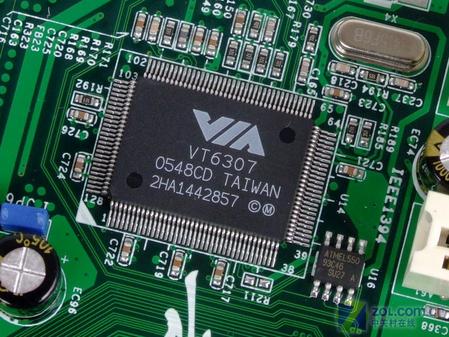Common chip function testing content.
Date:2024-07-22 15:00:00 Views:1419
Chip function testingIt is a key step to ensure that the chip operates normally within the design specifications. The following are some common testing contents, usually carried out in chip function testing:

Electrical characteristic testing: including testing of electrical parameters such as input voltage range, current consumption, power consumption, output voltage range, etc., to ensure that the electrical performance of the chip meets specifications under normal working conditions.
Timing testing: Testing the timing requirements of various functional modules inside the chip, including clock frequency, data transmission rate, signal delay, etc., to ensure that the chip works properly at the correct timing.
Functional testing: Testing whether the various functions of the chip are working properly according to the design specifications, including logic function, data processing function, communication function, etc., to ensure that the functional performance of the chip meets the requirements.
Interface testing: testing whether the interface between the chip and external devices or systems is normal, including communication interfaces (such asI2CTheSPITheUARTEtc.), timing interfaces, analog interfaces, etc., to ensure interoperability between the chip and external systems.
Temperature testing: Testing the chip under different temperature conditions to ensure that it can function properly in various temperature environments.
Power consumption test: Test the power consumption of the chip under different working modes to evaluate its energy efficiency and power management performance.
Noise testing: Testing the noise level of the chip under different working conditions to evaluate the signal integrity and anti-interference ability of the chip.
Reliability testing: including long-term stability testing, temperature cycling testing, wet heat cycling testing, etc., to evaluate the reliability and durability of chips under various environmental conditions.
Through comprehensive testing of the above steps, the performance, reliability, and stability of the chip can be comprehensively evaluated, ensuring that the chip can work normally and meet the design requirements in practical applications.




 Weixin Service
Weixin Service

 DouYin
DouYin
 KuaiShou
KuaiShou





















